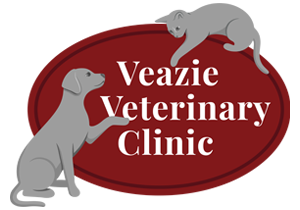Our goal is to help our patients live Longer & healthier lives and provide an atmosphere of recovery and healing.
Veazie Vet offers a full rehabilitation program for pets. We provide water treadmill services, stretching and strengthening, brace and cart fittings along with other alternative medicine techniques.
Post Surgical Rehabilitation & Therapy
When a pet is recovering from surgery or an injury, suffering from arthritis, or experiencing the loss of function due to age, our companion’s return to normal function is our greatest hope. Rehabilitation has been shown to make a dramatic difference in restoring function so that an animal can enjoy an active life.
At the wellness center, our staff works with our clients and patients through rehabilitation to help pets return to normal function after orthopedic surgery. We also regularly accept referrals from local veterinarians, from across Maine, and even from neighboring states and Canada.
Procedures That Can Be Benefited By Rehabilitation:
- Fracture Repair
- Ununited Anconeal Process Repair
- Cruciate Ligament Repair
- Luxating Patella (Knee) Surgery
- Hip Surgery (FHO)
- Hip Luxation (Dislocation)
- Valgus Deformity
Our rehabilitation team began as a way to improve the care for pets that have had orthopedic surgeries and has since expanded to include therapy for pets with arthritis, dysplasia and other debilitating diseases.
Studies have proven that using rehabilitation after surgery allows the patient to return to better use of the limb more quickly and provides an easier recovery process. The rehab team conducts the initial rehab of the patient beginning immediately after surgery with a goal to minimize swelling and pain and to keep the joint mobile.
What to Expect from Rehabilitation
Much of the long-term success of these surgeries is dependent on the aftercare and rehabilitation. The rehabilitation increases strength, flexibility and function. Function simply means it allows your dog to act, play, walk, sleep, climb and in all other ways be a dog. Our goal is simply to return your pet to their favorite activities.
To get there, they will go through 5 stages of recovery which includes warm packing, cold packing, medication therapy and a variety of exercises to help your pet return to normal function.
Each pet will progress at a different rate through rehabilitation. The entire process takes about 8 weeks on average. Surgery is only the first step in returning a pet to full function, and rehabilitation can have a life long affect on the comfort, flexibility, and strength that your dog will have.
At the time of the pet’s discharge from the clinic, a rehabilitation technician will meet with the family to go over the stages of the rehab process and how to do them. With regular office visits, the team can assess your pet’s progress and alert the veterinarians of any potential problems.
Post Op Rehabilitation Example for Knee Surgery
Stage 1: Non-weight bearing to toe touching
Our goal at this point is to minimize swelling and pain and to keep the joint mobile.
1. Pain Control: You will be sent home with a non-steroidal anti-inflammatory drug (NSAID). Use it as directed and let us know if you feel it is not working. NSAIDs are used to make sure your dog is comfortable and to reduce the amount of swelling at the surgical site. NSAIDs are used long term to reduce inflammation. We also send the patient home on Tramadol, which is for immediate pain; the dog is usually on this for less than a week. The two medications can be used together.
2. Flexion/Extension Exercises: These are done to keep the joint mobile by preventing fibrous adhesions from forming. These exercises are also called Range of Motion or ROM.
- Lay your dog on its side with the affected leg up.
- Gently flex the leg until you feel resistance.
- Hold this position for 10 seconds.
- Rest in a neutral position for 2-5 seconds.
- Gently extend the leg until you feel resistance.
- Hold again for 10 seconds.
- Try to do 3-5 reps, 3-4 times daily. More is OK.
Do not do this if your dog becomes aggressive or seems to be bothered by the activity. Make sure that the motion is always on the same plane; do not twist the knee up or down.
3. Cold Pack: This is done to reduce the surgical swelling. It will also make your dog more comfortable. You should cold pack the entire knee, not just over the incision, at least three times daily (although more often is okay).
The duration of the cold packing is weight dependent. A 50 lb dog should be cold packed for 10 minutes, smaller dogs weighing 30 lbs and under should be cold packed for 8 minutes and larger dogs over 60 lbs should be closer to 15 minutes.
Place a thin towel or pillowcase on the skin and then apply the cold pack. If the knee area has significant inflammation it may be helpful to cold pack before as well as after the ROM exercises.
Stage 2: Toe touching to mild weight bearing (will put the leg down and bear partial weight)
Our goal is to keep the joint mobile and to strengthen the leg. We usually want to see you and your dog back at the beginning of this stage for the first rehab visit with a technician. These steps should be done 2-3 times daily.
1. NSAIDs: Use as needed. Most dogs will need the full dosage prescribed; the Tramadol should be just about finished during the first few days of this stage.
2. Warm Pack: This is done to improve the circulation at the surgical site and to relax the muscles and tendons of the knee. It is important that warm packing be done immediately prior to the exercises.
You can use commercially available dry, microwavable products, a warm water bottle or a warm washcloth. Moist heat such as a damp towel can also be used. Make sure it is not too warm; it should be comfortable for you to handle.
Do not allow it to get cold; maintain a steady temperature. Never use an electric heating pad. Warm pack for the same duration as the cold packing 2-3 times daily.
3. Massage: This is done to loosen the tissue planes and help prevent fibrous adhesions from developing. Most dogs enjoy this portion of the therapy.
- Gently massage the thigh and calf muscles.
- If your dog allows, massage the area of the incision, too.
- A side-to-side, toe-to-hip, and circular motion should be done.
- Massage for approximately 5 minutes, until the leg seems relaxed.
Do not massage too hard; at this stage just the skin should be involved with no deep tissues being massaged. Light pressure with just the fingertips is best.
4. Flexion/Extension Exercises: Follow the steps listed in Stage 1. Starting with 3-5, gradually increase the number of reps at each session and the amount of flexion and extension in each cycle. The goal should be 10-20 reps and nearly full range of motion.
5. Strengthening Exercises: As early as possible, it is important to begin the process of strengthening the muscles that support the knee.
- Begin by slowly leash walking your dog, encouraging it to bear weight on the leg.
- Make sure you are walking slow enough to force your dog to use its leg.
- Start with 5-7 minutes 3-5 times daily.
- Generally you want to push your dog to use the leg harder and longer each day.
You know you have overdone it if your dog seems to avoid the exercise periods or seems to be more painful after the exercises. If any exercises result in discomfort, stop for 24 hours, cold pack the knee and restart the activity at a lower level.
6. Cold packing: This should be done after exercising your dog, for the appropriate duration.
Stage 3: Mild weight bearing to moderate weight bearing (will use the leg fairly well and is comfortable, but still has a definite limp)
Our goal is to develop strength in the leg and to maintain flexibility of the joint. An additional rehabilitation visit is helpful at this point to assess the progress of the recuperation and discuss rehabilitation in the coming weeks.
1. NSAIDs: Use as needed. Most dogs are fairly comfortable and are using less medication.
2. Warm Pack: Continue to warm pack prior to exercises.
3. Massage: Continue to keep the incision area loose. At this point you can start deeper tissue massage involving the muscle and more pressure can also be gradually added. Start with more pressure with the fingertips; move to whole fingers and then using the whole hand.
4. Flexion/Extension Exercises: Do 20-30 reps two to three times a day of the exercises covered in Stage 1.
5. Strengthening Exercises: Gradually increase the frequency and duration of these exercises. Vary the activities to keep the workout fun for you and your dog; do them in periods of about 10-15 minutes. Alternate the activities during the day or switch day-to-day so full ROM is achieved. Slowly incorporate each exercise individually and watch for any setbacks.
- Walking – longer walks that include small hills and stairs
- Balance Shifting- gently push your dog from side to side forcing it to catch its balance and use the surgery leg more
- Sit to stand- ask your dog to sit then have them stand up; repeat this numerous times
- Walking in the water (on leash, not freely swimming)
- Stairs – going upstairs puts most of the weight on the hind end
6. Cold Packing: Continue cold packing after exercising.
Stage 4: Moderate to full weight bearing (basically normal)
Our goal at this point is to strengthen the leg for a return to full function.
1. NSAIDs: Most dogs don’t need any at this point.
2. Warm Pack and Massage: Less value at this point but some dogs enjoy it.
3. Flexion/Extension Exercises: Continue these only if range of motion has not returned to 100%.
4. Strengthening Exercises: Continue to increase the frequency, duration and intensity of the workout. Do a variety of activities to keep the workout interesting for you and your dog.
- Walk in tight circles, figure eights and serpentine patterns with the surgery leg closest to you.
- Hopping/Dancing – hold the front feet up (to the height of the dog’s shoulders) and walk forward and backward.
- Hold your dogs good knee up and have another person slowly walk your dog, encouraging it to use the surgery leg
- Walk or trot at a faster pace doing more hills and stairs
- Put obstacles in the yard so that your dog has to step over them. A few 2×4’s spaced a few feet apart does the trick. This forces them to re-coordinate their legs and use all four to navigate successfully.
- Tug-of-war, or backing up- only do this if your dog does not have neck or back issues.
5. Cold Packing: is not necessary unless swelling and inflammation is still present.
Stage 5: Full weight bearing, a normal dog
This should be from 6 weeks on.
1. NSAIDs: seldom used at this point.
2. Warm pack and massage: only if needed.
3. Flex/Extend exercises: only if needed.
4. Strengthening exercises: Continue gradually adding in more until the knee is functionally normal.
- Ball chasing and other “twisting/cutting” activities can be added now. Remember to start with just a few minutes of activity and watch for setbacks.
- Swimming is one of the best muscle strengthening activities for joint injuries. Longer swims that include retrieving objects are helpful.
- Pulling exercises – consider using a harness on your dog and hooking it to a sled for some pulling exercises. Gradually add weight to the sled for a more rigorous workout. This is especially helpful if your dog is not developing as much muscle as desired. Make sure you run your dog with its head up to encourage rear leg push.
- Running can begin now, starting with shorter distances on soft non-pavement surfaces and working up to road running if desired.
- Lateral hill walking – walk across a hill with the surgery leg on the down side of the hill and zig-zag your way up the hill. While walking on the hill add in the inclines and declines.
Each dog will progress at a different rate through the stages of rehabilitation.
- Watch for setbacks. This may mean you are pushing too hard.
- If any exercises result in discomfort, stop for 24 hours, cold pack the knee and restart the activity at a lower level.
- Let us know if you are having difficulties with any of the exercises or if you feel your dog is in pain.
Remember, surgery is only the first step in returning your dog to full function. Your commitment to the rehabilitation process will have life long affect on the comfort, flexibility and strength that your dog will have in the surgery leg.


